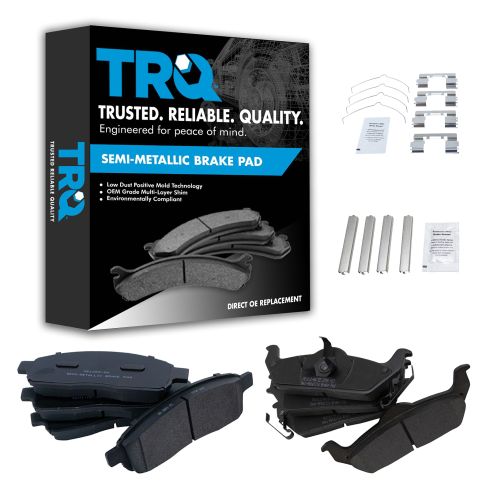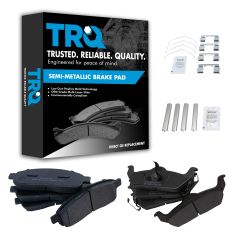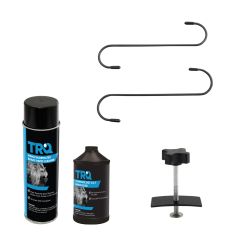1ABFS02405-Ford F150 Lincoln Mark LT Front & Rear Semi-Metallic Brake Pads TRQ BFA13022

Replaces
Ford F150 Lincoln Mark LT Front & Rear Semi-Metallic Brake Pads TRQ BFA13022

Frequently bought together
Product Reviews
Loading reviews
Customer Q&A
No questions have been asked about this item.









